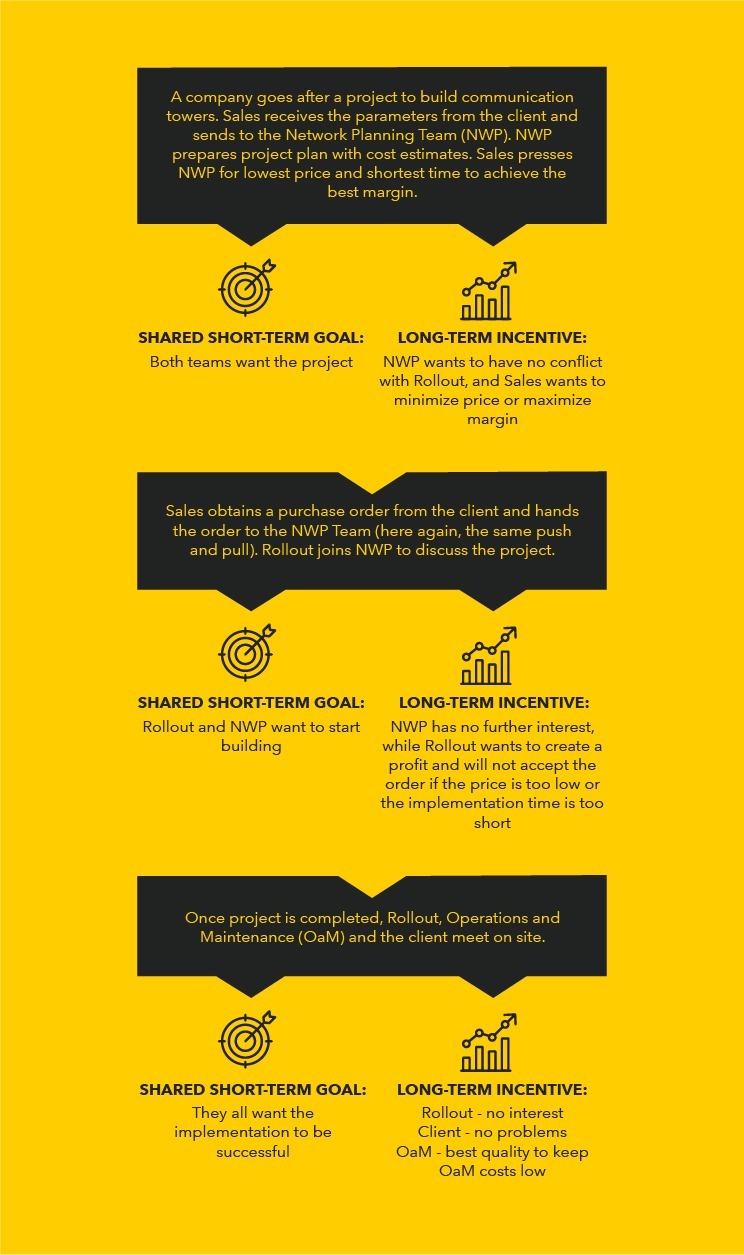How to Manage Organizations with Varied Long-Term Motivations


by Kai Wulff, CEO of Plexus Group Ltd
While all business schools are still busy teaching Management, we have stopped asking what purpose Management serves. We’ve also stopped focusing on how we can achieve the same, or higher, level of efficiency by changing the Management system and adjusting to cultural changes.
The general belief is that without a superior instance controlling a company, or any structure, the producing entity will not deliver consistent and timely results. However, we are living in a world where “group source” is the new reality, with shared responsibility and transparency, so managing along the principles of the self-controlling entity becomes more realistic and easier to implement.
CULTURE’S IMPACT ON ORGANIZATIONAL STRUCTURES
There are two factors that are sparking change in organizations; 1) technological advancement and adoption, and 2) evolving societal trends. The technical tools for information sharing and the trends in society will highlight the need to manage around the social compact (which is mutually beneficial between individuals/teams and the organization as a whole).
Today’s most successful organizations are process-driven, and the process design will become more and more important as opposed to the control and check of the contributors and the result. All control systems that are not in real-time and are based on hierarchy will be outed as overly costly and inefficient.
Technology and process design can combine to ensure best possible outcomes for organizations if at every decision junction, multiple stakeholders communicate all available information (enabled through technology). If these stakeholders share the same short-term goal but divergent long-term incentives, and we combine this with sharing results to a group of peers, then human nature, creative conflict and the need for instant gratification will drive toward the best result.
Let me give an example:

WHAT THIS MEANS FOR COMPANIES TODAY
We will see companies where the only tasks for management are providing direction and making investment decisions, while the entity itself will be fully engaged in the production process, achieving their highest efficiency, as shown in the example above. Design your processes around actions and decisions, or handover points (keeping in mind the more parties with diverging long-term incentives are involved, the better), and use technology to keep costs in the decision points low.
Please note: This article contains the sole views and opinions of Kai Wulff and does not reflect the views or opinions of Guidepoint Global, LLC (“Guidepoint”). Guidepoint is not a registered investment adviser and cannot transact business as an investment adviser or give investment advice. The information provided in this article is not intended to constitute investment advice, nor is it intended as an offer or solicitation of an offer or a recommendation to buy, hold or sell any security. Any use of this article without the express written consent of Guidepoint and Kai Wulff is prohibited.

